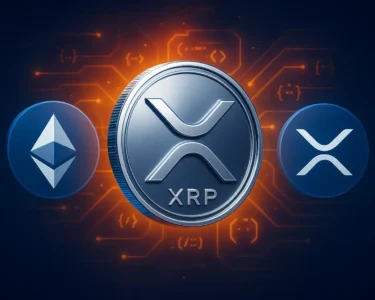A 2022 Volkswagen ID.4 EV charges at a Scarborough Canadian Tire on June 14.Doug Ives/The Canadian Press
We are a one-car family – a one electric-vehicle family – which has worked well for us most of the time. Sometimes, though, it sure would be nice to have a second set of wheels.
With my daughter turning 16 later this year, and already dreaming about the sort of independence that transit cards and bikes can’t deliver, the demand for another car is going to rise sharply over the next couple of years.
To be clear, buying one is highly theoretical at this point. We live in Toronto, which has an extensive public-transit system and demoralizing gridlock. I’m also frugal, and already horrified at the thought of escalating insurance costs.
However, if I were to take the plunge on another car, it would be an EV with a standout feature: range.
If you are nodding your head in agreement that driving at least 500 kilometres between charges is a necessity, allow me to add an important qualification.
I would want an EV with short range. One that can’t go, say, more than 200 km on a full charge. One with a small battery that might have to be plugged in every night. One that would be poorly suited to a road trip.
Why would I subject myself – and my unwitting family – to the sort of vehicle often derided as a deal-breaker for many consumers contemplating EV ownership?
If you’ve been following my EV adventures over the past two years, you might recognize my disdain for more-is-better range. Long-range vehicles are a necessity for some people, especially those who frequently need to drive long distances or live where charging infrastructure is still spotty.
Our EV, a Hyundai Ioniq 5, can travel about 400 km on a single charge, which is fine most of the time but still proves a challenge on a few long-distance drives each year.
But for a second car – still hypothetical! – I can’t think of a scenario where we would need anything close to the range of our primary vehicle. Groceries? Nope. Family visits? Nope. Commute to the office? Nope. A trip to the Maritimes? We’ll take the primary EV.
Less range comes with a couple of key advantages. Short-range EVs tend to have smaller, lighter batteries that are more efficient, which means that they have a smaller carbon footprint and are cheaper to operate. They should also cost less upfront than an EV with a larger battery, all else being equal.
Regrettably, many auto manufacturers appear to be focused on addressing range anxiety – the fear of your car’s battery dying at the side of the road, leaving you stranded – and are building vehicles with larger batteries.
Admittedly, long-range looks like an easier sell, especially when cars are marketed toward consumers who may be unfamiliar with charging. For many prospective EV owners, range anxiety is a burning issue.
As well, many of the reviews I’ve read focus on range, and cars with less of it often get dinged. In TopGear.com’s 2023 review of the Mazda MX-30, which can travel an estimated 200 km on a full charge, the car-enthusiast site dismissed the range as “pitiful.”
Car and Driver’s review of the 2023 Mini Cooper Electric called the estimated range of the small, urban car – about 180 km on a full charge – “impractically short” for most people.
Reduced charging speed, which is a common feature among cars with smaller batteries, can be the source of further criticism. The Mini Cooper, for example, can’t take advantage of superfast charging stations, which means that if you’re charging on the go, it’ll take a little longer.
Fair enough. If driving long distances is a necessity, then cars with large batteries may be no-brainers – just as consumers who need to tow heavy loads might need pickup trucks and those with large families might need vehicles with plenty of space.
But as second cars, short-range EVs look ideal – and the potential market here is huge for anyone who needs a car for commuting or urban grunt work.
According to the U.S. Census Bureau, 37 per cent of American households own at least two cars. A 2019 survey from Angus Reid Global, in partnership with the car-sharing company Turo Inc., concluded that the figure is similar in Canada.
It’s only natural that a lot of factors will go into choosing the right second car. For many consumers, price is going to be a big one, which could steer them toward the used-car market. I would start my search here, too.
But in terms of range, I won’t be taken in by promises of more, bigger, better, longer – not for a second car that is unlikely to venture far from home.
I can’t be alone here. The sooner auto manufacturers tap into this massive market for short-range EVs, with a wider availability of cars with small batteries and better efficiency, the better off consumers will be.
Is my daughter going to be one of them? Hypothetically, sure.




